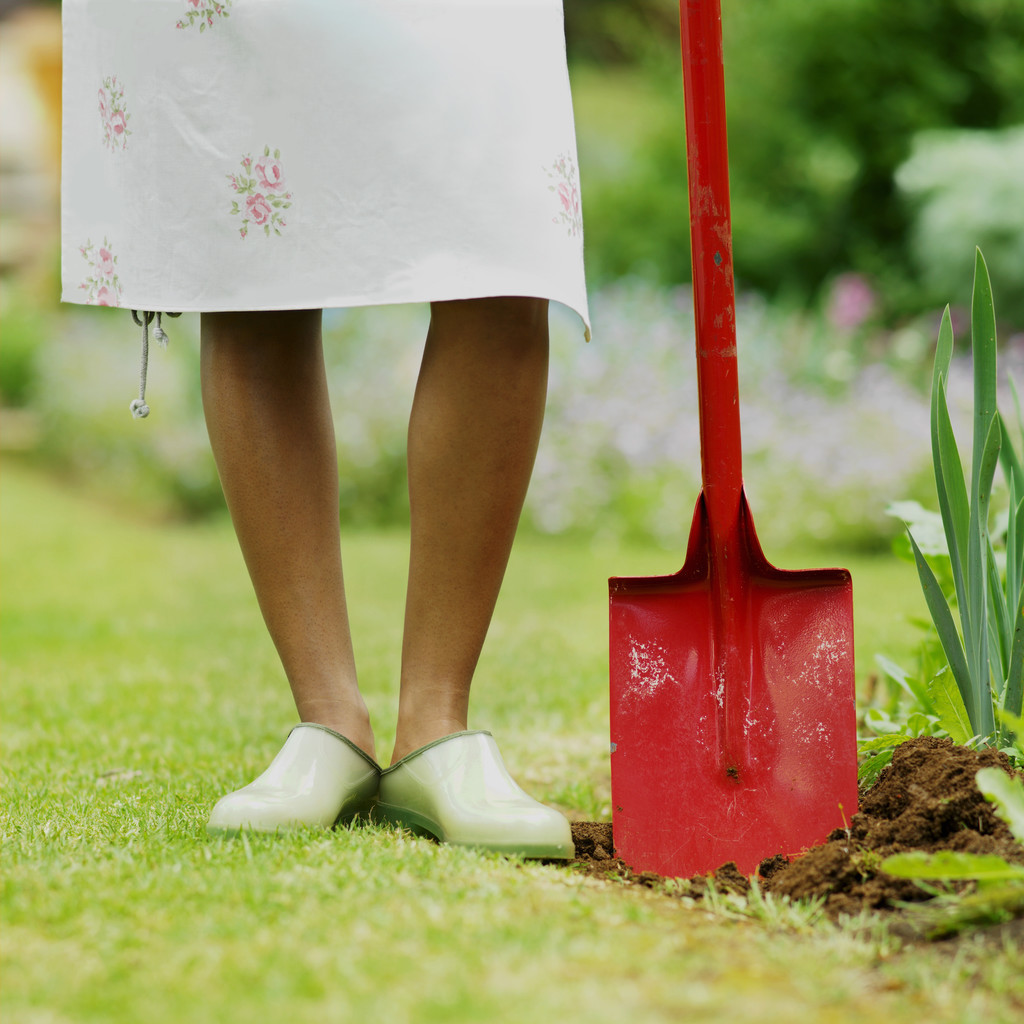Today’s post is from the 101 Centavos. I know that some of you are beginning to think about your gardens. This post has some great tips for you gardeners.
I’m not much for New Year resolutions, as they tend to distract me from current plans. But the challenge set out by Sandy at First Generation American sounded fun. Stretch out those writing muscles, and write something original in looking at ways that five new resolutions (or plans) will either increase time or income for 2011. Catch being, that these five action plans start with the letter S. I’m right in the middle of planning the spring and summer vegetable gardens, so this fits right in.
Seeds and Seedlings
The plan this season is to get more ssssserious about germinating seedlings. Last year was a mix-and-match try-this-and-that experimenting/learning kind of affair. In the past we’d just purchased plants from nurseries to save time, but lost on narrow variety and of course higher cost. This year, I’ll be getting some grow lights, and setting up a germinating stand in the study by the window. After the seedlings develop some muscle, they’ll be spending some time outside in a cold frame (another new thing for me) for hardening off. The time saving in this case will be the weeks gained by having stronger plants to withstand the spring windy season, and an earlier harvest.
Soil
A gardener friend is fond of saying, sunlight and water you might not have complete control over, but good soil is definitely within your power. Last year I skipped getting a good soil test done on my raised beds, and suffered some uneven production results. This coming spring season, I’m getting tests on each single bed, and getting them done at the county cooperative extension. Based on the results, I’ll try to amend accordingly with potassium, blood meal, trace minerals or whatever else is needed. How does this save time? Well, the more you naturally enrich your soil, the healthier, more disease- and pest-resistant and more productive your plants will be. This will lead in turn to less effort in pest management and a greater return in overall time invested.
Sheet Composting
The three compost piles I had going in the back yard do take some time and effort to turn over. Now that we have rural acreage and a big garden area to play in, one long-term plan is to do sheet composting for several raised beds. Sheet composting is also sometimes known as lasagna gardening, basically composting in place, and takes a bit longer than an active aerobic compost pile. This will result in saved time by not actively keeping compost piles going at the new place.
Staking
Last season I spent quite a bit of time making an inordinate amount of time making support trellises out of bamboo stakes (Mrs. 101 said it “looked nice”, hence the effort). But even though I got some measure of enjoyment out of drilling and tying all the stakes together, it is definitely not the most efficient or sturdy way to support tomatoes, canteloupe and cucumber vines. It also takes time in the fall to take down, and store and generally mess with. This year, I plan on using cattle panels and/or hog wire for tomatoes support, as I was advised to do last year (but did I listen? No, I did not). Cattle panels are quite rigid, and will need only 1 x 1 supports at the ends of the beds.
Sprinklers
Drip irrigation, yes! Last year I set up drip irrigation hoses with emitters and mini-sprinklers in one of the 4 x 8 beds. The time saved by not having to carefully and individually water each plant was great. This year, I’m expanding the system to the entire vegetable garden, and look into getting a timer control.
Sweet Alyssium and Stonecrop
… and salvia and other sweet-scented flowers. Plant more and more of them. Interplanting certain flowers like marigolds amongst your vegetables attracts, and provides a good habitat for predatory beneficial insects like lacewings, parasitic wasps and assassin bugs, which will in turn munch on those unwanted insect pests. This is pest management by outsourcing, and we all know how outsourcing leverages your time.
Well, that’s part of the overall plan, at least. I have other things on the drawing board, but these are all the esses I could think of that will hopefully result in saved time. I also see that I can’t count too well, those are six resolutions, not five. Oh well, it’s my blog, I wrote it, it stays.
Don’t forget to visit 101 Centavos to see how their garden is progressing.

